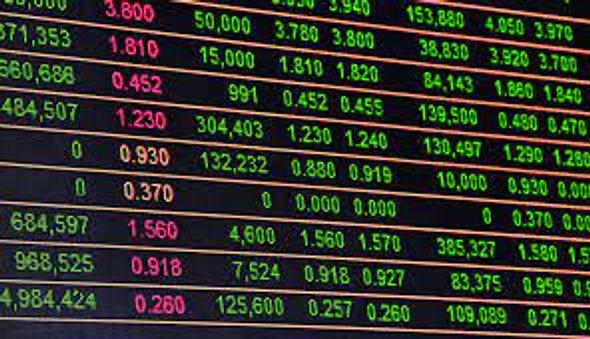Summary: Commodities trading is a popular investment option for many traders, but it’s essential to understand the basic terms and concepts associated with it.
Commodities trading is a popular investment option for many traders, but it’s essential to understand the basic terms and concepts associated with it. This article outlines essential terms and concepts associated with commodities trading, such as futures contracts, margin, leverage, commodity exchanges, types of commodities, supply and demand, contango and backwardation, and commodity trading strategies.
Commodities trading involves the buying and selling of raw materials and products that are essential for daily living, such as gold, oil, coffee, and wheat. It is a popular investment option for many traders due to the potential for high returns and diversification of portfolios. However, before diving into commodity trading, it is essential to understand some of the basic terms and concepts associated with it.
Futures Contracts Futures contracts are agreements to buy or sell a commodity at a predetermined price and date in the future. This allows traders to hedge against price fluctuations and make speculative bets on the future prices of commodities.
Margin Margin is the amount of money that a trader needs to deposit with a broker to enter into a futures contract. It acts as collateral against any potential losses that may occur from trading.
Leverage Leverage allows traders to control larger positions with a smaller amount of capital. However, it also amplifies losses, making it a risky strategy.
Commodity Exchanges Commodity exchanges are platforms where traders can buy and sell futures contracts for various commodities. Examples of commodity exchanges include the Chicago Mercantile Exchange (CME) and the New York Mercantile Exchange (NYMEX).

Types of Commodities There are two types of commodities: hard and soft commodities. Hard commodities include products that are mined or extracted, such as gold, silver, and oil. Soft commodities include agricultural products, such as wheat, corn, and coffee.
Supply and Demand Like any other asset, the price of commodities is influenced by supply and demand. When demand for a commodity increases and supply remains the same, the price goes up. Conversely, when supply increases and demand remains the same, the price goes down.
Contango and Backwardation Contango and backwardation are terms used to describe the relationship between the price of futures contracts and the spot price of a commodity. Contango occurs when the price of a futures contract is higher than the spot price, while backwardation occurs when the price of a futures contract is lower than the spot price.
Commodity Trading Strategies There are several trading strategies that traders use to make profits from commodity trading, including trend-following, mean-reversion, and spread trading.
Trend-following involves identifying trends in the market and entering into trades that align with those trends. Mean-reversion involves entering into trades based on the assumption that prices will eventually revert to their mean. Spread trading involves simultaneously buying and selling two different contracts to take advantage of price discrepancies between them.
Conclusion Commodity trading can be a profitable investment option, but it is not without risks. Understanding the basic terms and concepts associated with it is crucial to make informed trading decisions. By grasping the concepts outlined in this article, beginners can start trading commodities with more confidence.

